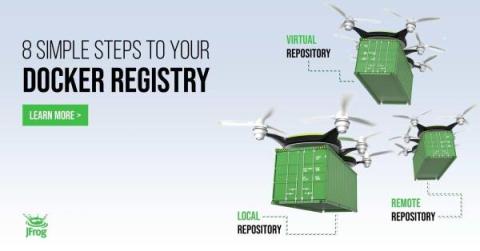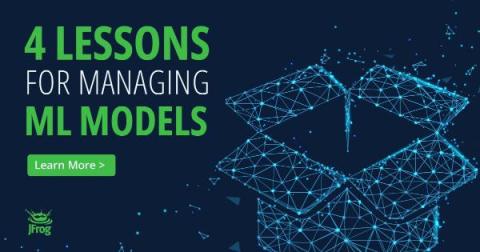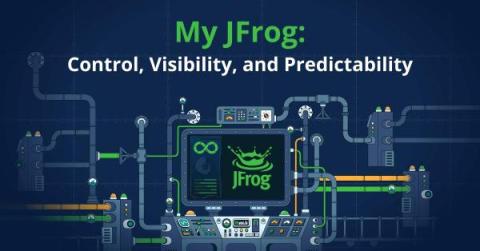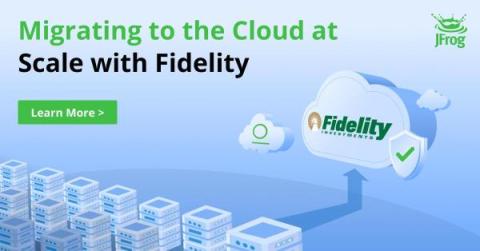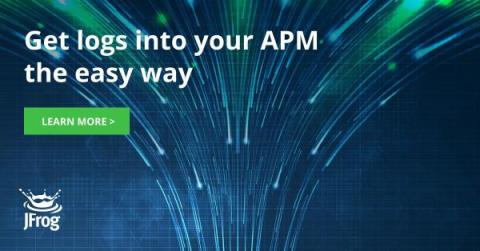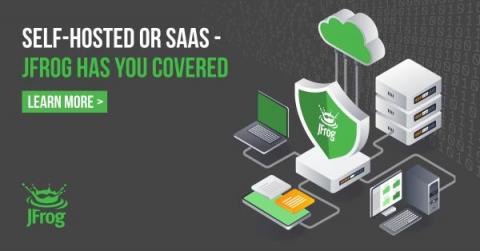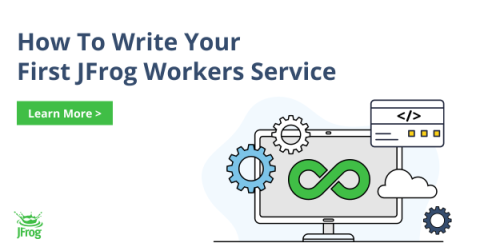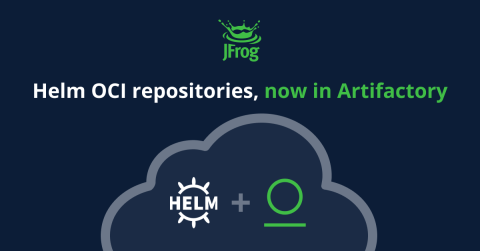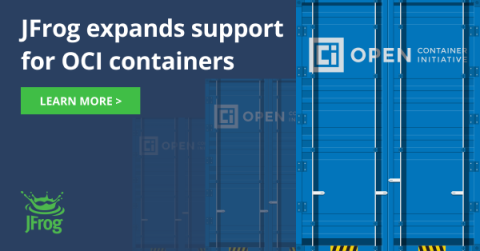How to set up a Private, Remote and Virtual Docker Registry
The simplest way to manage and organize your Docker images is with a Docker registry. You need reliable, secure, consistent and efficient access to your Docker images that’s shared across your team in a central location, including a place to set up multiple registries that work transparently with the Docker client. There are three different repository types in JFrog Artifactory that you will use regularly for all of your package types, including Docker container images.


